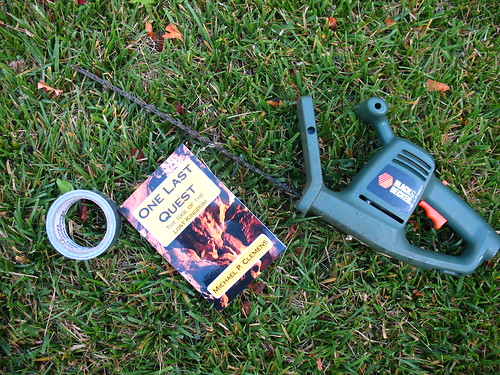BEHOLD
Here are some suggestions about what to include in a brief to an illustrator:
- Size, especially height to width ratio
- Layout: do you want an illustration to bleed off the edges (no margin), or just a spot illustration?
- Colour: a black line drawing with a spot colour will be less expensive than a full colour
- Text area: to produce an all-over cover, the illustrator will need to know the precise positioning of the all the type - unless they are including the type as well.
- If you are selling digital editions, the image will need to work as a smallish thumbnail.
- Budget. An illustrator may ask for 50% down, 50% on completion. A full blown painted illustration may take a day or two, so could run to $1000 plus. You need to decide how much you can afford to spend. Remember, every time you change your mind, the meter keeps running. See above.
- Show and tell: grab an example of something that tickles your fancy and say "like this".
Remember,
there are a thousand different ways to illustrate your book - but you
can only choose one. It will be a compromise. Also, it can be a bit of a
roller-coaster ride and you may not end up where you thought you wanted
to go - but it could still end in a perfectly good place if you treat
it as a collaboration more than a simply transactional commission.
Concise and helpful, yes? I hope Rob doesn't mind me co-opting his email for what is basically a free post. I'll be sure to compensate him in whatever imaginary currency bloggers use. (I'll send you some of the Russian spammers that drop links in my comments, Rob.)
For a short while in my professional wanderings, I did happen to work for a spinoff of a printing company, so although I may not know the exact terminology, I do understand "gutter" and "bleed" and at least some of the issues of print... circa 1995 or so. Of course, the world has also changed dramatically since 1995. To wit: the company that I was working for was going to ride the Next Big Technical wave -- interactive CD-ROMs. It just so happened that I'd done some HTML, and then suddenly we found ourselves making web sites instead, with the culmination of me shaking hands with and receiving a signed mouse pad from Fabio. (Oh, the dot-com years were strange ones indeed, my friends.)
For those inclined to go the DIY route, there are certainly tools out there to simplify the process. NaNoWriMo folks get a discount on getting a proof copy printed up by CreateSpace (aka Amazon), which I've done with a much earlier draft of the book in question:

It was done in a hurry, with a stock layout and photo on the site, but like Mr. Speegle, I have to admit to the electric thrill of holding something bound with my name on the cover. But now there's the considerations of making only what amounts to a single image, possible rendered in gray-scale on an e-ink screen as well as a full-color tablet. When the bookshelf is virtual and the "book" is palm-sized, how does the illustrator's craft adapt? I've even toyed with the idea of per-chapter illustrations a la a certain other fantasy title (cough Harry Potter cough) but then realized that honestly, the whole layout of the book is really up in the air, as you can't depend on the device. You certainly don't want any additional art to distract from the reading experience.
Frankly, the whole thing takes me back to that job in the mid-90's, trying to reduce .GIF sizes and design to accommodate 640x480 screen resolutions and to make pages AOL-friendly. I should straighten up in case Fabio comes wandering by.

2 comments:
Hi Mike, glad you found the info useful enough to post here. When you sign up an illustrator, the greatest joy is just letting him or her run with an idea. Sort of scary, but if you choose wisely, the whole can come to more than the sum of its parts.
Yikes! It looks like the whole cover-art-thing is a good deal more complicated than I thought it was! Thanks goodness for folks like Mr. Bowker who help neophystes like ourselves.
Post a Comment